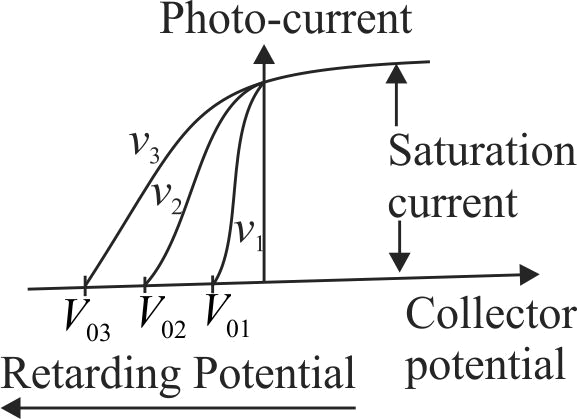357631
Light rays of wavelengths
[Planks constant
357635
Silver has a work function of
357631
Light rays of wavelengths
[Planks constant
357635
Silver has a work function of
357631
Light rays of wavelengths
[Planks constant
357635
Silver has a work function of
357631
Light rays of wavelengths
[Planks constant
357635
Silver has a work function of
357631
Light rays of wavelengths
[Planks constant
357635
Silver has a work function of
